The company AM Automation offers solutions for the entire intralogistics market. Our trade fair TV film team is at the company's stand at LogiMAT 2016 in Stuttgart today to take a look at something special - the Auto Store system. Auto Store is significantly more efficient than a classic rack storage system. See with Messe.TV how it works and what the big advantages are compared to conventional systems.
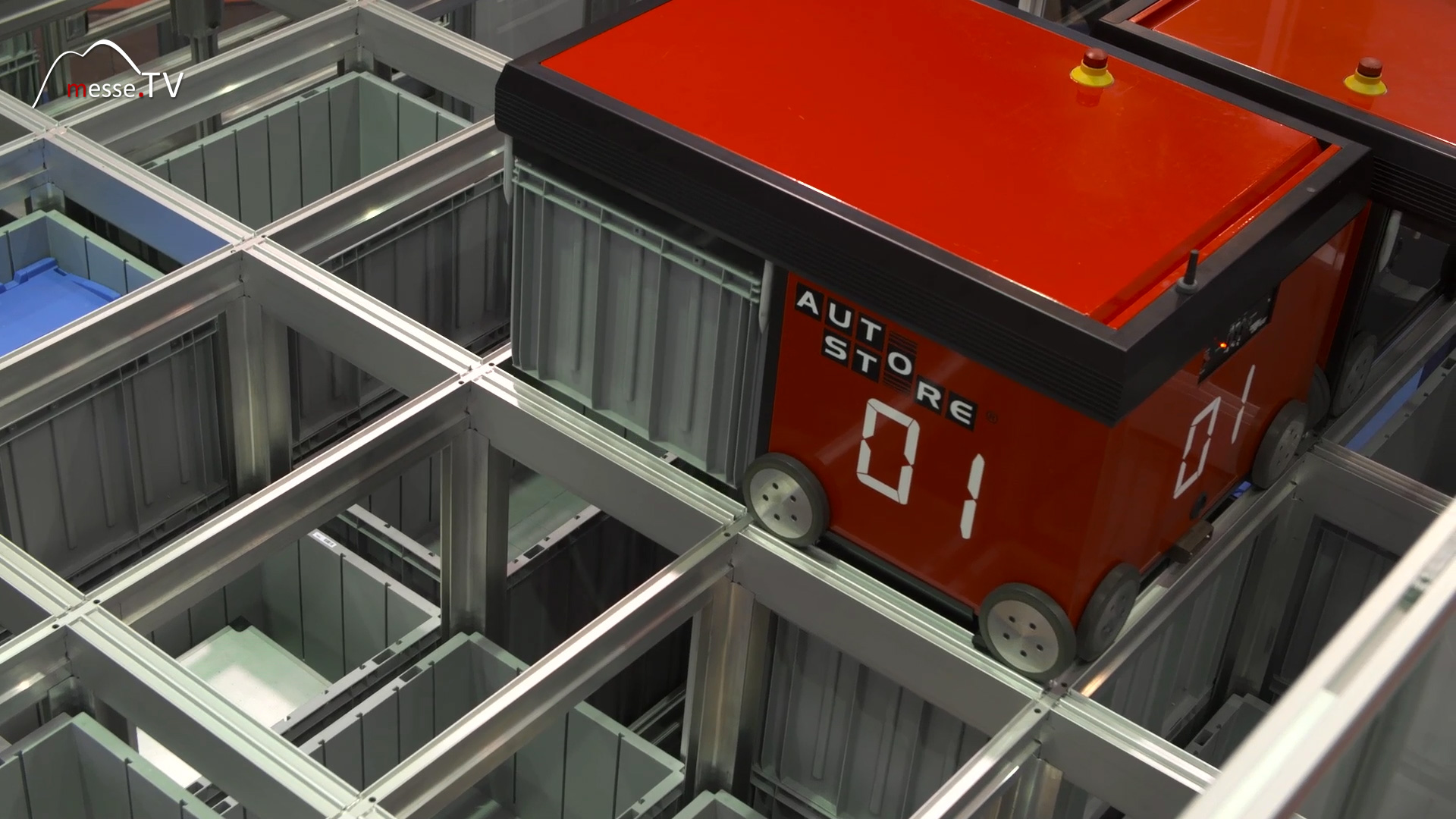
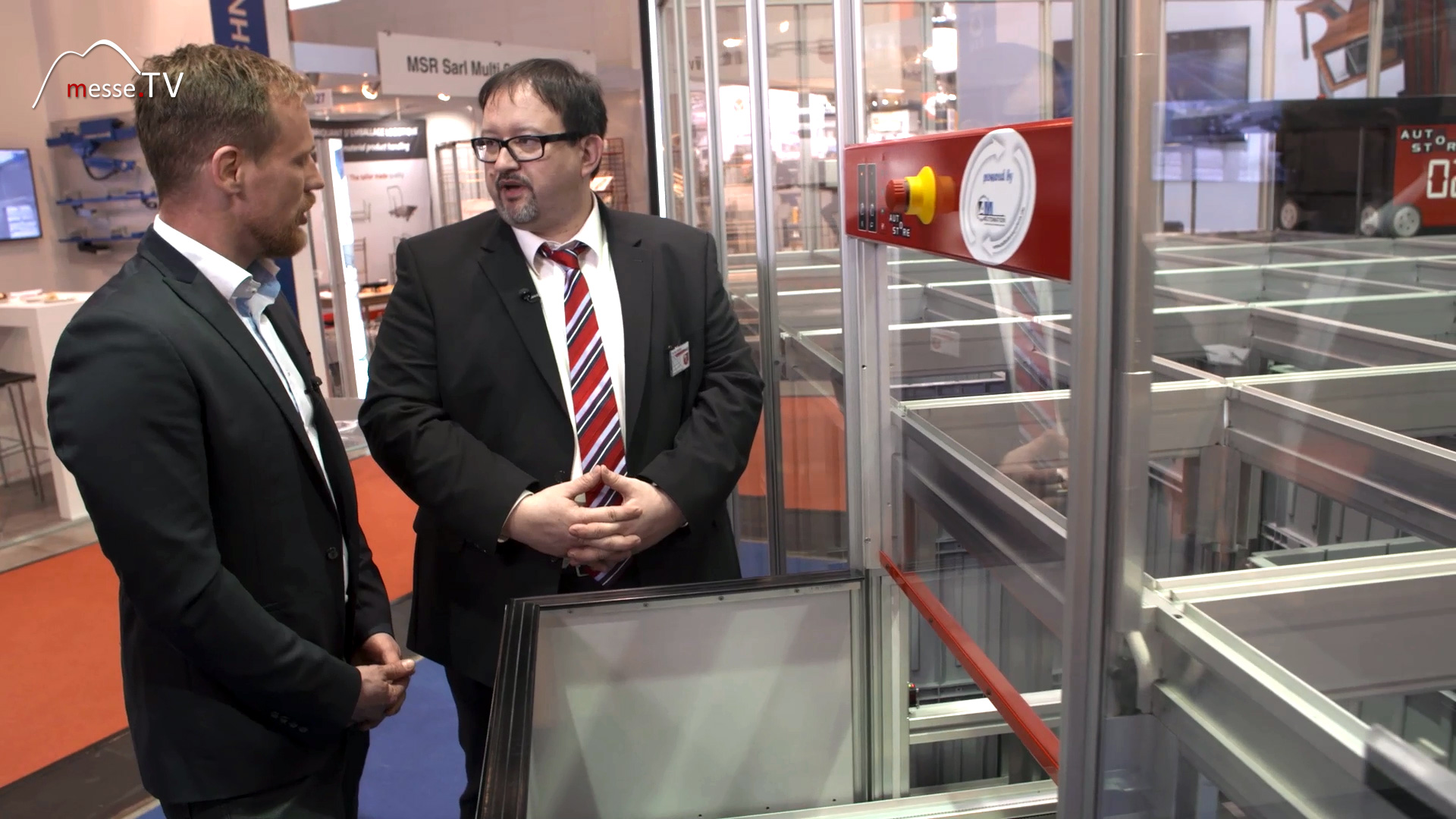
The employees of AM Automation describe themselves as solution finders. AM Automation offers the whole range of intralogistics solutions, but they have a system that is truly spectacular! Klas Bömecke: Mr. Kawalier, you've got things moving! Michael Kawalier: Yes, that's right. There's a good reason for that, of course, people are drawn to the trade fair when something is moving and an interesting system like the "Auto Store" system is of course much easier to explain when you have the system live on site as a live demo. We still make classic storage systems today. Klas Bömecke: That's what I wanted to ask, so that's not your only product? Michael Kawalier: No, "Auto Store" is just one of our products. We make classic conveyor systems, high-bay warehouses, crane systems, container conveyor systems and warehouse management and storage systems. Klas Bömecke: That's quite impressive, so the Auto Store is ultimately a rack storage system? Michael Kawalier: No, in principle the "Auto Store" is an automated small parts warehouse, a container warehouse. It competes with classic storage systems such as automated small parts warehouses operated by storage and retrieval machines or shuttle warehouses. It has a few features that make this system special, one of which is its space efficiency compared to the systems mentioned. Compared to these systems, we only need between 15% and a maximum of 30% of the converted space.
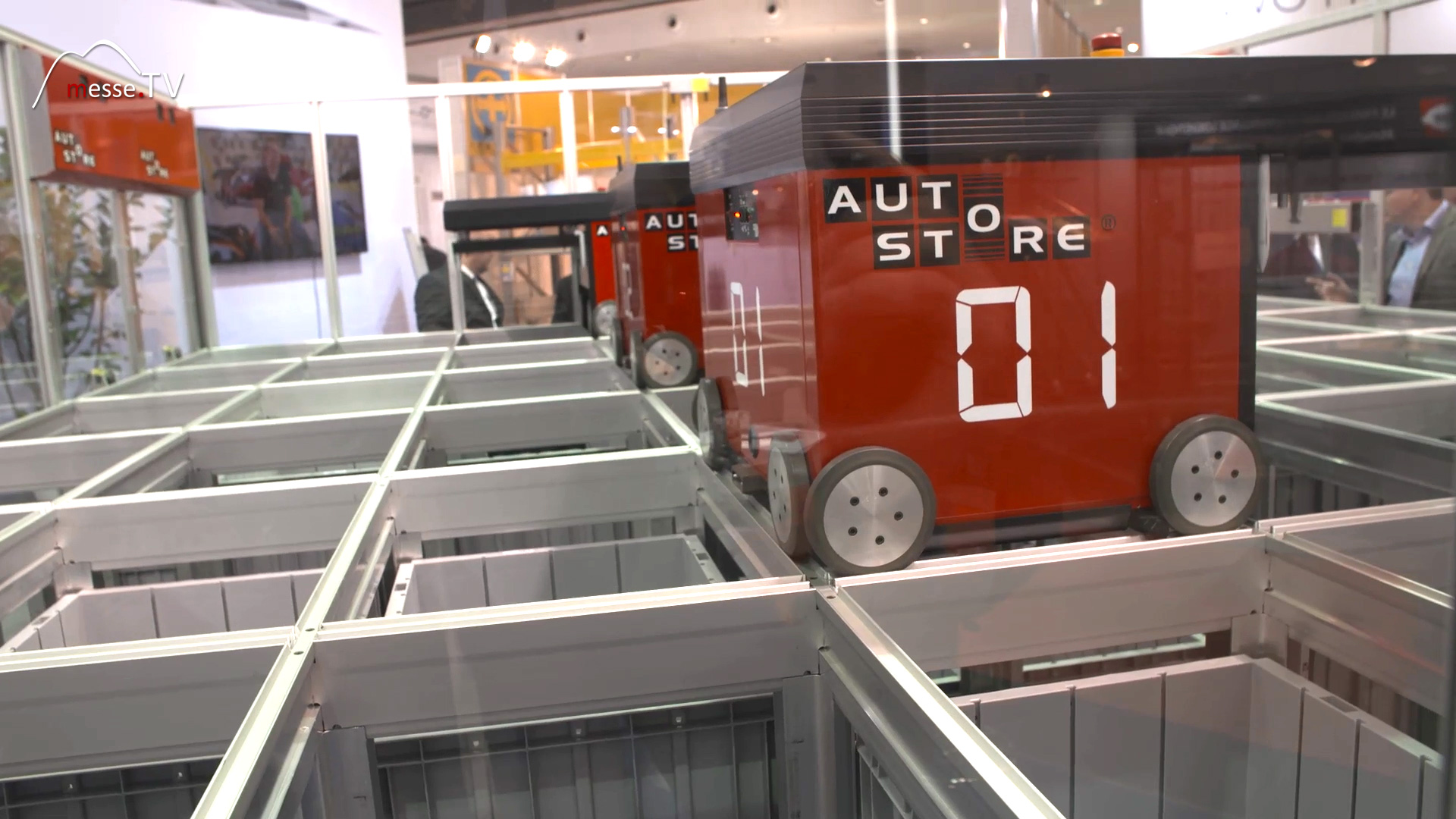
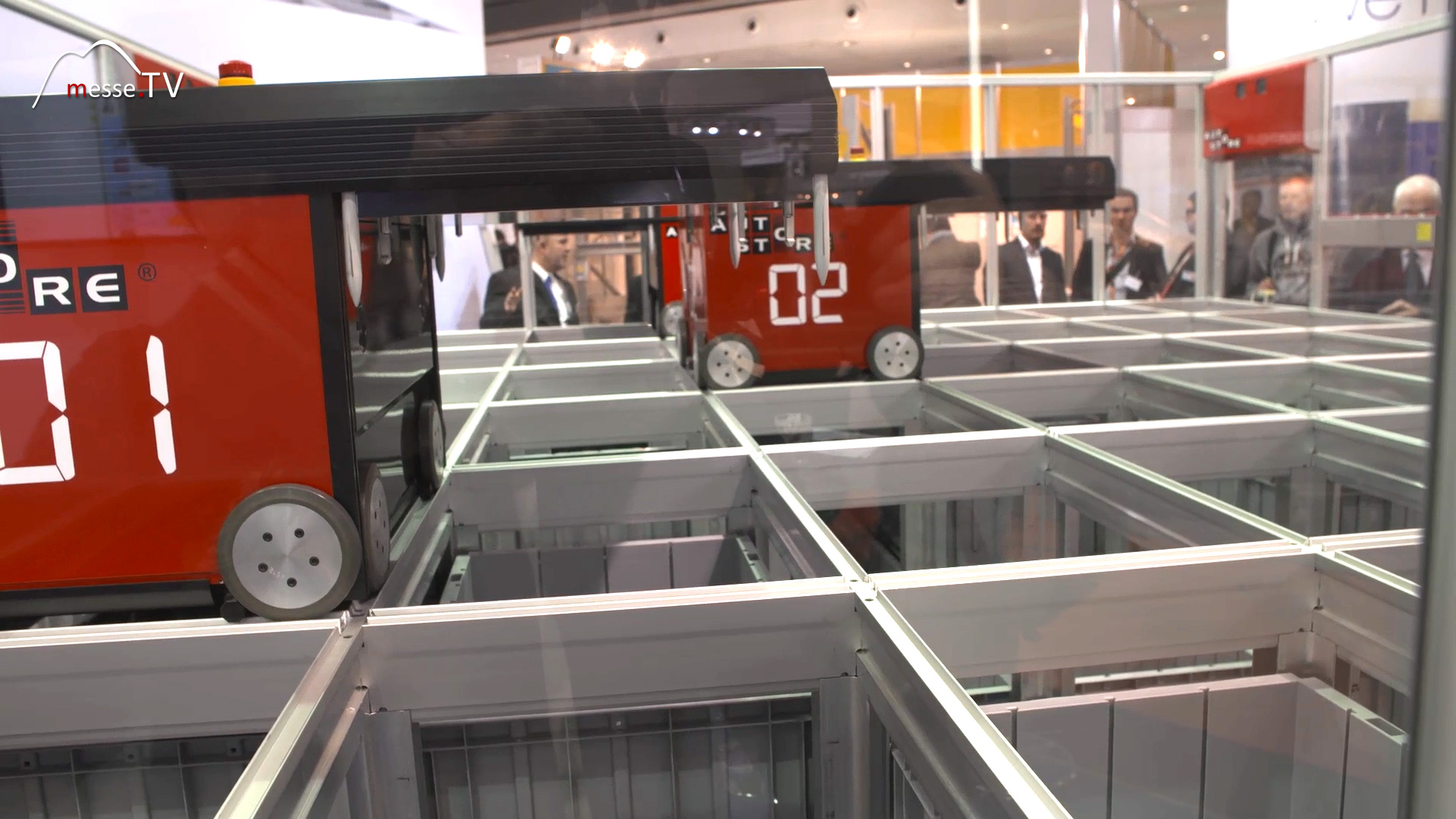
Klas Bömecke: You are so much smaller? 2 thirds smaller? Michael Kawalier: Yes, we are extremely compact. Compared to a stacker crane-operated system, you can see how the containers are stored here. We don't have an aisle where you lose 60% of the storage volume in this system. We do not have a lower approach dimension that can be reached by a storage and retrieval machine or a shuttle warehouse. We don't have an upper approach dimension in that sense. We have stacked the containers close together. Stacked on top of each other, which of course maximizes the compaction of the containers. Klas Bömecke: Wow! That's amazing. Can you just build squares like that, I mean the robots have to know where to go and it's probably easiest if they move in squares. Michael Kawalier: There is a relatively optimal grid, which is of course a relatively rectangular or square one. However, we can basically build all surfaces and we have already used even the most unusual spaces at our customers for automated storage. We also tend to welcome hall pillars, which are a real problem for a classic warehouse, because we simply convert these hall pillars and install loading stations. Then the robots don't always have to go to one end of the warehouse or the other to charge, but can also go to charging stations in the middle. Klas Bömecke: And what about energy? I mean, we have a lot of robots driving around here! Michael Kawalier: That's right, yes. The energy efficiency of this system is extremely good. It has to do with the fact that we don't have such an extreme disproportion between the load being transported and the transported load. These robots are energy-regenerative in all axes, i.e. regenerative load from lowering processes and braking processes is fed directly back into the battery. So we are talking about an output of between 30 and 80 watts of AC power per hour for one of these robots - to name the consumption.
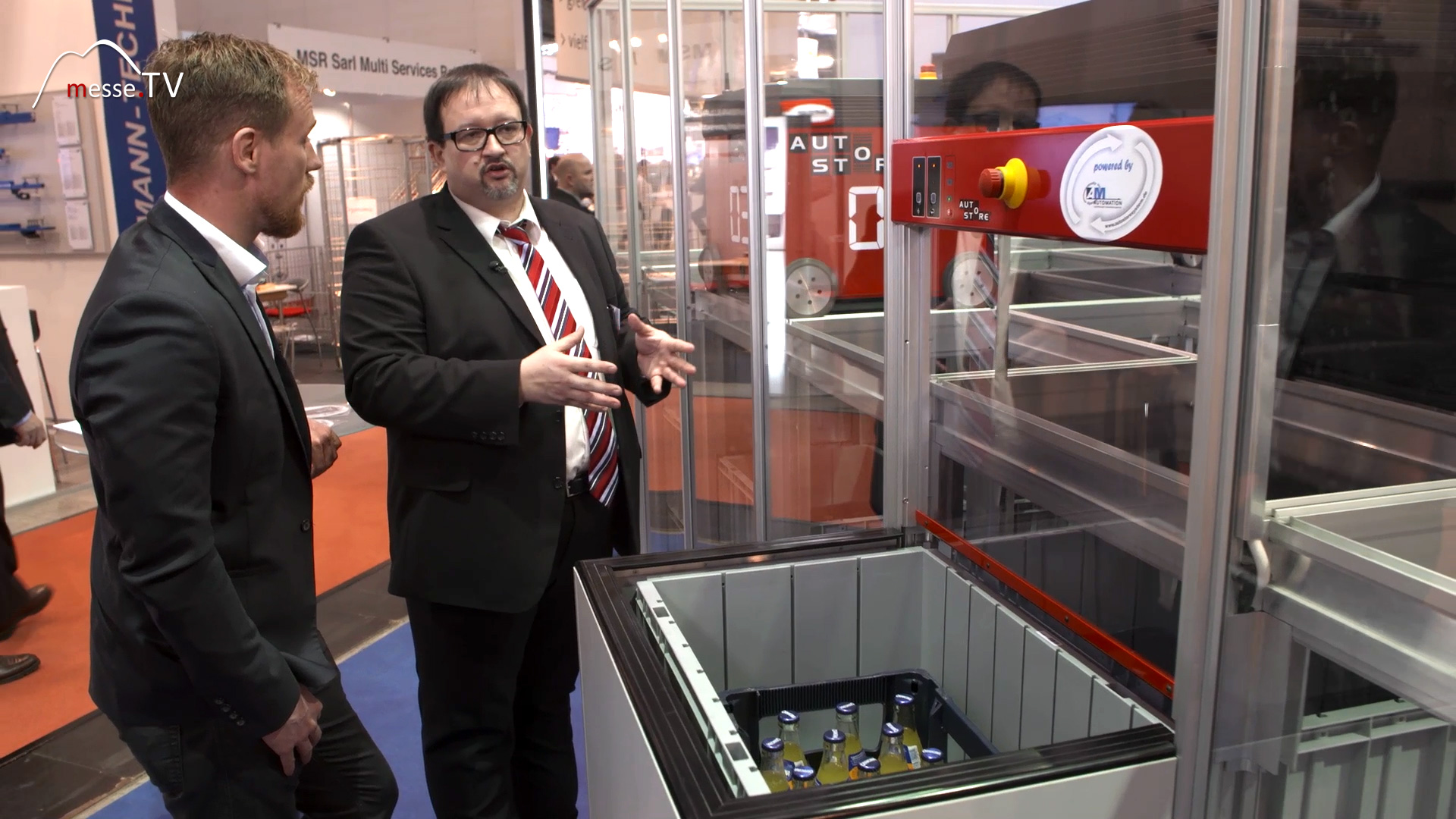
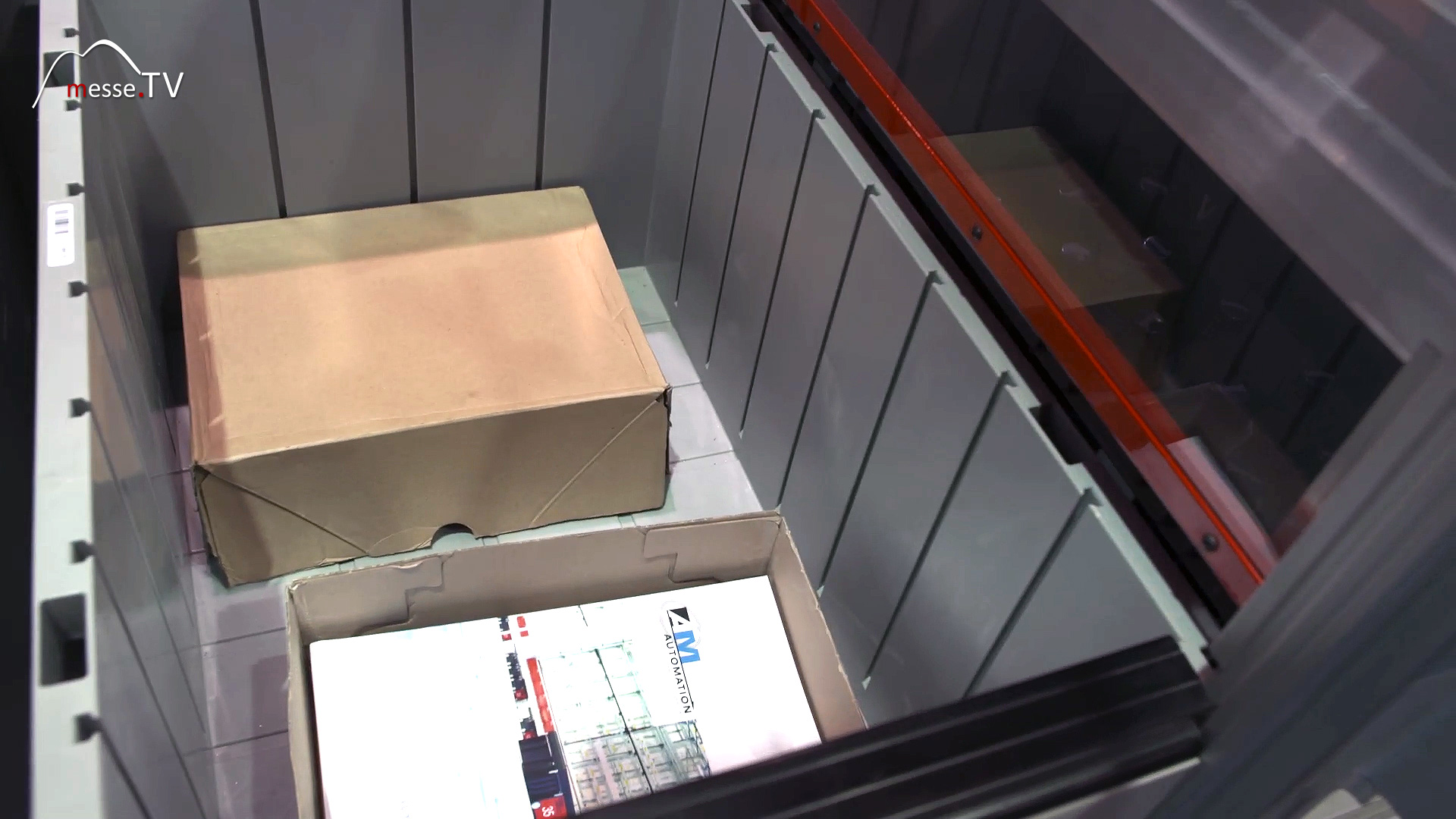
Klas Bömecke: Is this system more energy efficient than another storage system? Michael Kawalier: We always talk about the fact that we need less than a thousandth of the energy compared to a system operated by a storage and retrieval machine. To take this further, if we now see that such a robot performs around 25 container operations per hour and we take four robots, that corresponds to a total of 100 container operations per hour, this is roughly what a high-performance storage and retrieval machine can also do in terms of work. If we now calculate 100 watts per robot, this corresponds to 400 watts of AC power with a connected load of around 40,000 watts of three-phase power. And in the classic system, you only need the conveyor technology to bring you the containers, which is shown here via these ports using a small 50 watt drive. Klas Bömecke: Now the question is, of course, if I stack the crates on top of each other, don't I need a lot of effort to get to the bottom crate? Michael Kawalier: Of course you have to put in a lot of effort if you want to get to the bottom crate. In the maximum height system, which corresponds to 16 of these containers on top of each other, you need 3:24 minutes for an unplanned retrieval order of a really extremely low-lying C-article until you have it at the top. However, this only applies to a completely unplanned express order. For classic order picking, we need a short preparation time once a day. The robots prepare a number of low-lying orders during the time when the order pickers are not yet working at all. The moment the order pickers start working, the robots split into two swarms. One part serves the input/output points. Another part brings further orders, sorts further orders and prepares further orders in the system. This means that with "Auto Store" we are able to bring almost any cadence requested by the customer to the storage and retrieval port.
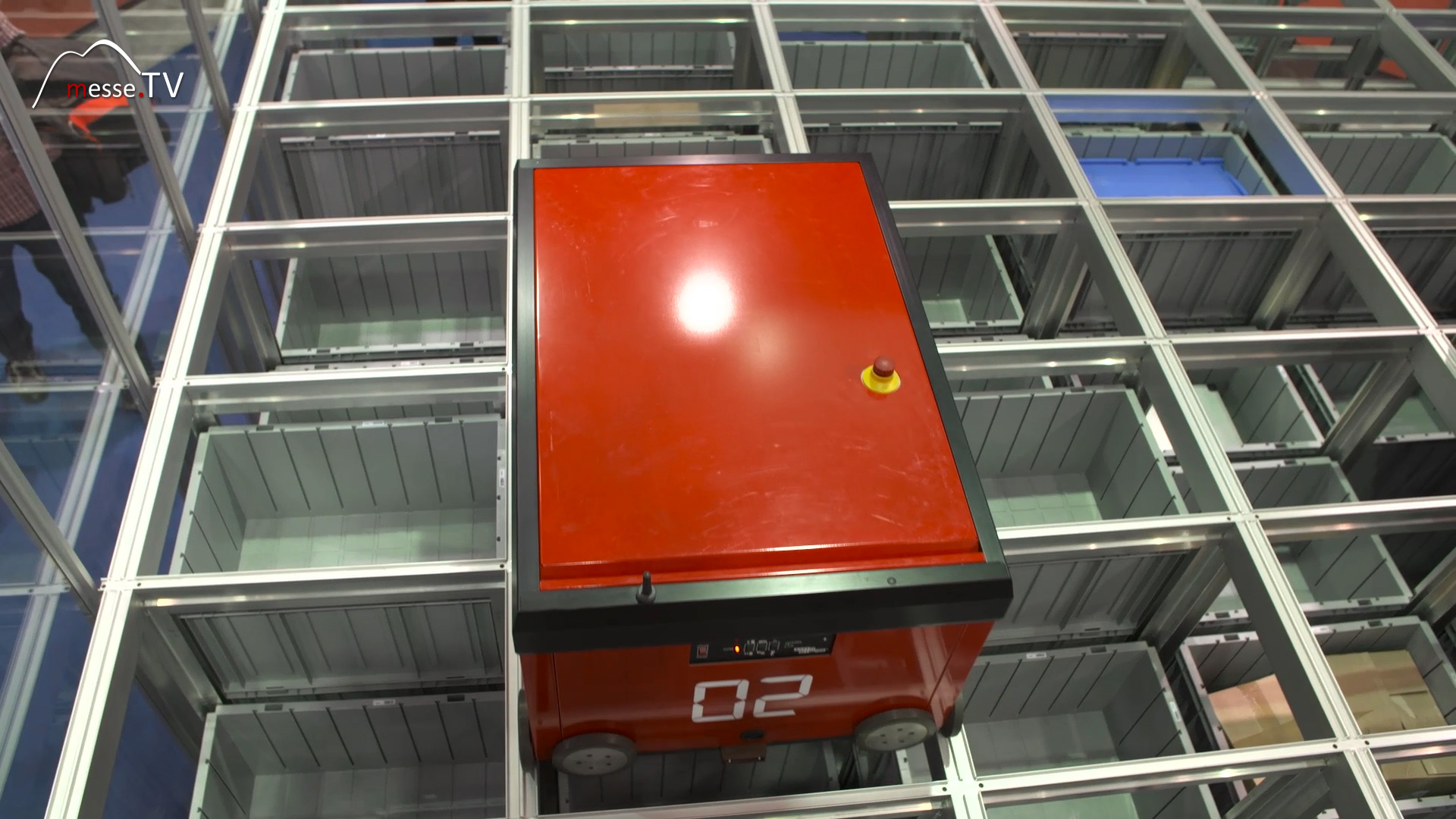
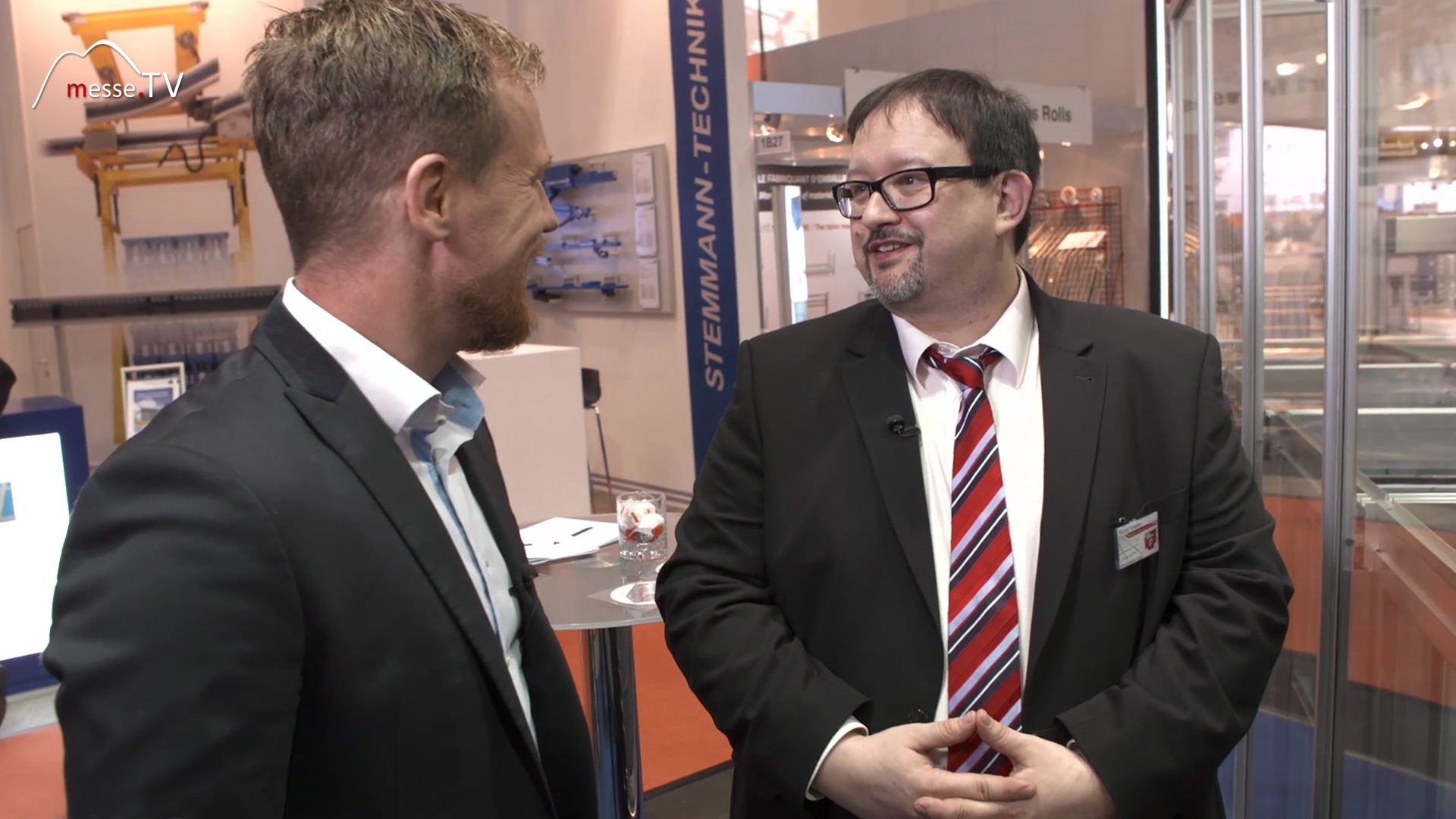
Klas Bömecke: There are articles that do much worse than others, do they automatically disappear further down the list at some point? Michael Kawalier: That's right. The storage principle that the last container required is always placed at the top of the tower means that C articles automatically move lower and lower and A articles automatically move higher and higher. Without any software thinking about it. Klas Bömecke: I think it all sounds incredibly clever. It's energy-efficient, it saves space, it's fast, it's quick, it's autonomous, there must be a disadvantage somewhere. I probably have to buy 100,000 square meters of it first, or do you also build small things? Michael Kawalier: These systems are completely freely scalable, which means we have customers who have systems with only 2,000 containers. But we also have customers who are planning plants larger than a quarter of a million. Klas Bömecke: What do I do if I want to start with 2,000 containers - because my company is still small - and then things really boom and I need more storage space? Do I then have to build a new warehouse? Michael Kawalier: No, you don't need that here. You have the advantage that the system can grow with your needs. We have a customer in the textile industry who started with a system with 20,000 bins and 15 robots. We have continually expanded the systems to meet his needs, up to a current size of 110,000 containers and 182 robots. And there is still no end in sight for this customer. Klas Bömecke: I am really impressed. Thank you for explaining the details to me. Now it's no longer just a robot ballet for me, but now I've realized what a clever system it is. Michael Kawalier: Thank you very much, it was a pleasure.